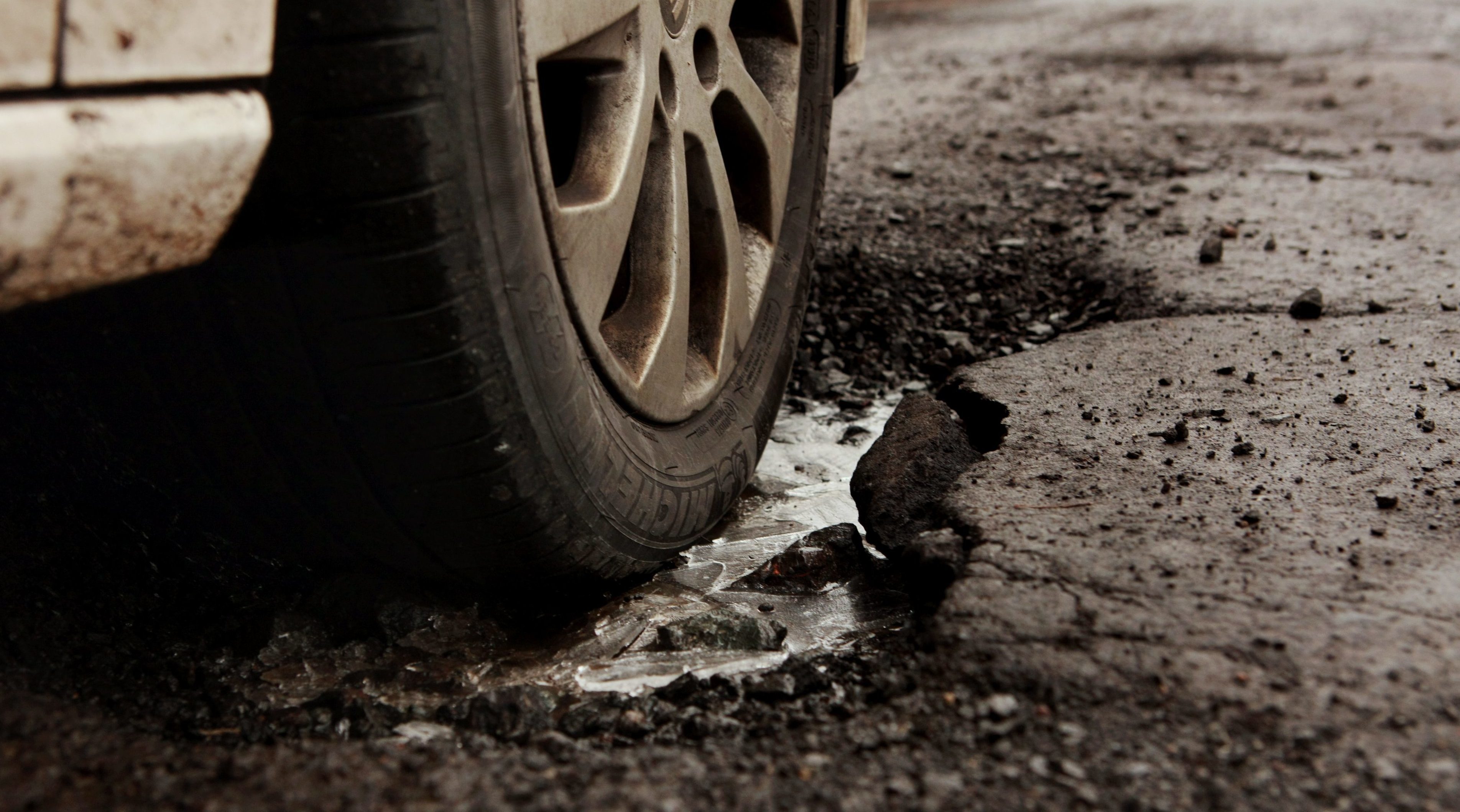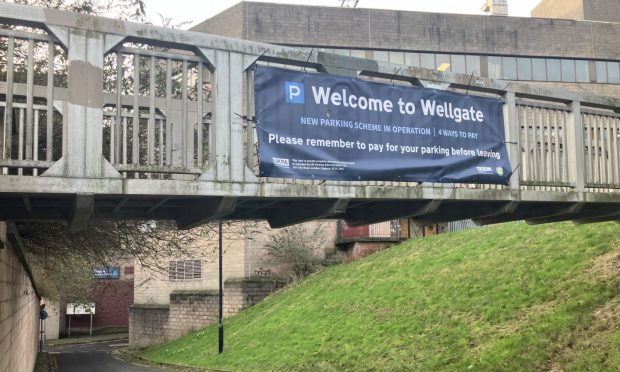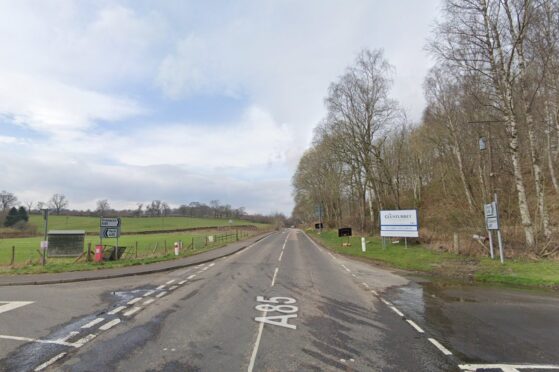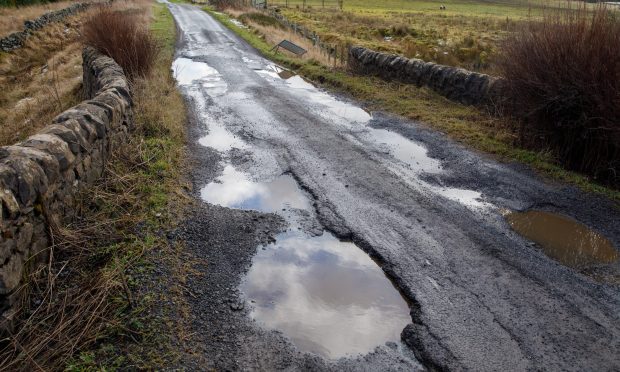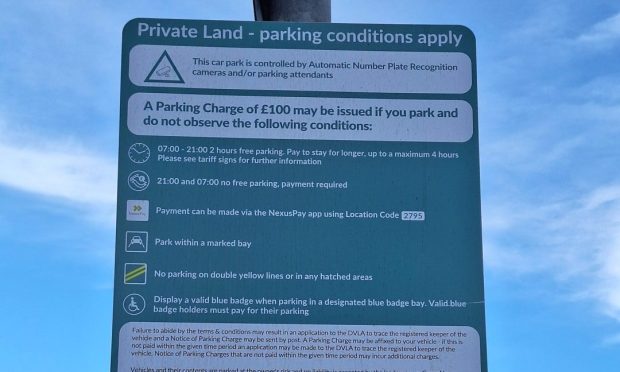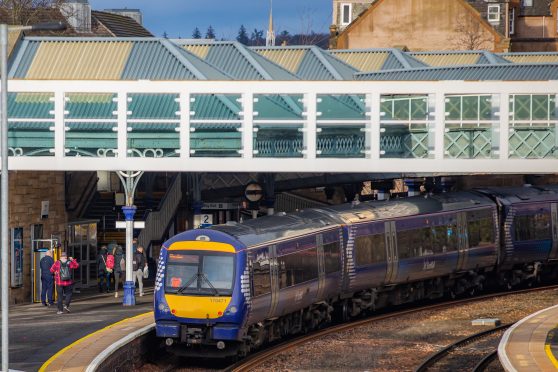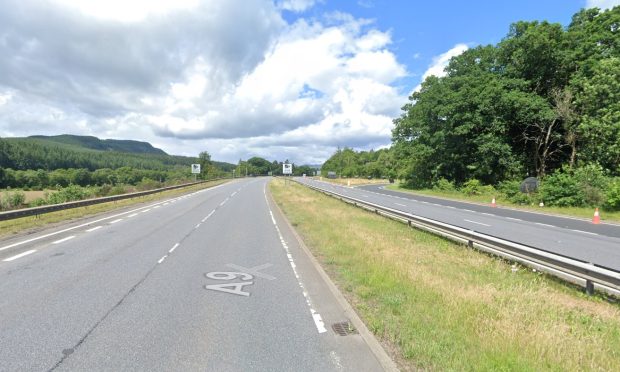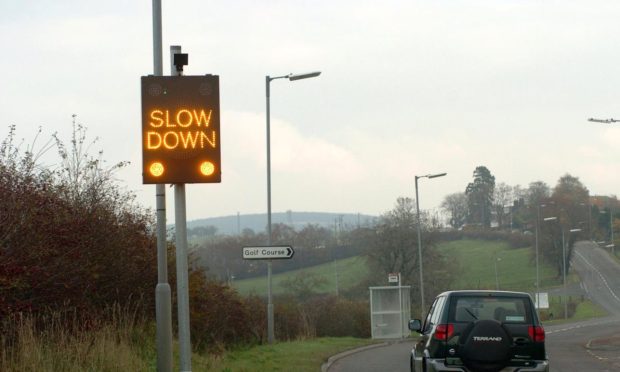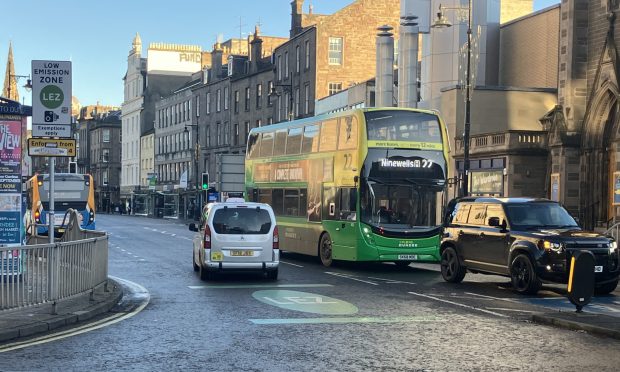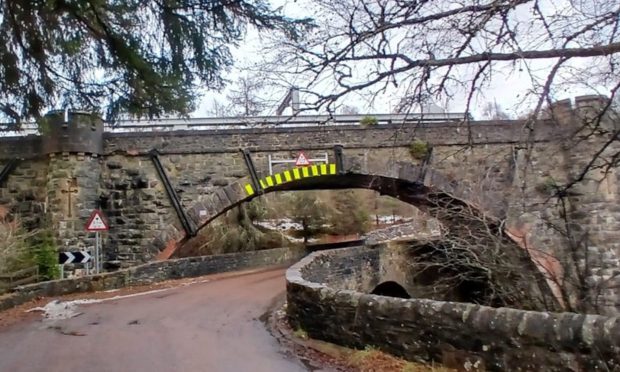Target times for pothole repairs could be extended under controversial cash-saving measures proposed by Perth and Kinross Council.
Road defects which currently have to be repaired within 24 hours, could be left unattended for up to five days.
Lower risk hazards could go untouched for a month, compared to the current target of seven days.
The move is part of the council’s biggest road maintenance review in more than 20 years.
Officials, who will put the plan to councillors next week, are now being accused of undermining the new Tory-led administration who just weeks ago announced the reversal of a “nightmare” policy which banned repairs on potholes less than 60mm deep.
In his report to the environment, enterprise and infrastructure committee, road maintenance deputy manager Stuart D’All said extending repair target times would be a better use of public funds.
“In 2016/17, the council repaired 10,207 defects,” he said. “Approximately 5% of these require a repeat visit to effect a second make-safe repair.
“The opportunity to better programme an appropriate repair, utilising hot material in suitable weather conditions, will significantly reduce the need for a second visit.”
Mr D’All said: “While it will never be possible to totally eliminate repeat visits, the estimated cost of £26,775 per year will be significantly reduced, as well as frustration and inconvenience to the road user.”
The plan has been criticised by SNP MP Pete Wishart. “Given the Tory leader of the council’s commitment to tackle potholes in Perth and Kinross, it seems odd that his officials seem to be undermining him,” he said.
“In the past, works deemed urgent have normally been seen to within twenty four hours but it seems Perth and Kinross Council now want to extend this to up to five days. Given the public’s concerns about damage to vehicles and road safety, I can’t imagine a great deal of public support for these changes.”
Mr Wishart added: “The Tory council need to come clean on the issue of potholes. Are they pothole crusaders or all talk?”
Under the new policy, the time target for “immediate and critical” road hazards will remain the same: made safe straight away and repaired within four hours.
Currently any defects which aren’t an imminent hazard to road users, but likely to deteriorate, should be addressed within 28 days.
The proposals change the definition of class four defects as “very low / no risk, often inspected following third party reporting” and suggests they should be recorded for insurance purposes, and included in future maintenance projects.
Councillors will be asked to rule on the scheme at their meeting on Wednesday.
How potholes became a political football
The turbulent issue of road repairs has become something of a political football in Perth and Kinross.
Just weeks after being elected council leader in May, Tory councillor Ian Campbell pledged a blitz on the region’s potholes.
The administration announced it would scrap a cash-saving policy introduced by the previous SNP team which effectively changed the official definition of a pothole.
This meant they had to measure at least 60mm before they were eligible for repairs.
In June, the council reverted this to the national standard of 40mm.
It came as a new study showed pothole-related damage to cars across the UK had surged at the start of the year, despite a dry and mild winter.
Scottish council spend around £1,400 a day on compensation claims. Perth and Kinross Council paid out more than £80,000 over a five-year period.
In April, just weeks before the general election, a proposal to invest an extra £450,000 into the council’s roads repair budget was rejected.
The money was the result of an underspend and was due to be put into the local authority’s reserves.
Then Kinross-shire councillor Dave Cuthbert said the cash should go towards the winter maintenance service, to bring roads up to standard.
His motion was however challenged by the SNP council leader Ian Miller, who pointed out that more than £2 million had already been set aside for the winter budget.
However, at the first council meeting under the new Tory-led administration, Mr Campbell announced a plan to spend £500,000 of public money to upgrade the region’s crumbling roads.
The council had also secured £1.6m from the Forestry Commission to repair roads which have been damaged over the year by heavy log lorries.
Councillor Dave Doogan, leader of the local SNP group, backed the proposal in June. He said: “It is a great relief to see the about-face the Conservatives are taking now when it comes to investment in our communities.”
Analysis
The previous SNP administration must have known it was in for a bumpy ride when it drew up plans to change the definition of potholes in 2016.
The move, which blocked repairs on holes less than 60mm, drew criticism from local politicians but also from far and wide on social media.
And during the run-up to the election, potholes and the general state of roads – rather than Brexit and Indyref 2 – were said to be the main concerns amongst the electorate.
So, in a political football analogy, it was an open goal for the Tories when they seized control in May.
Announcing a reversal of the policy was a statement of intent for the next four years, and was even welcomed by some SNP councillors, albeit with a back-handed compliment.
So the news that damaged roads could actually take longer to repair as part of a major maintenance review will cause some concern and could prove very unpopular.
Council officers insist that the move will benefit road users and represents a better use of the roads budget.
But anyone who has come to grief on one of Perthshire’s crater-filled roads may take some convincing.
